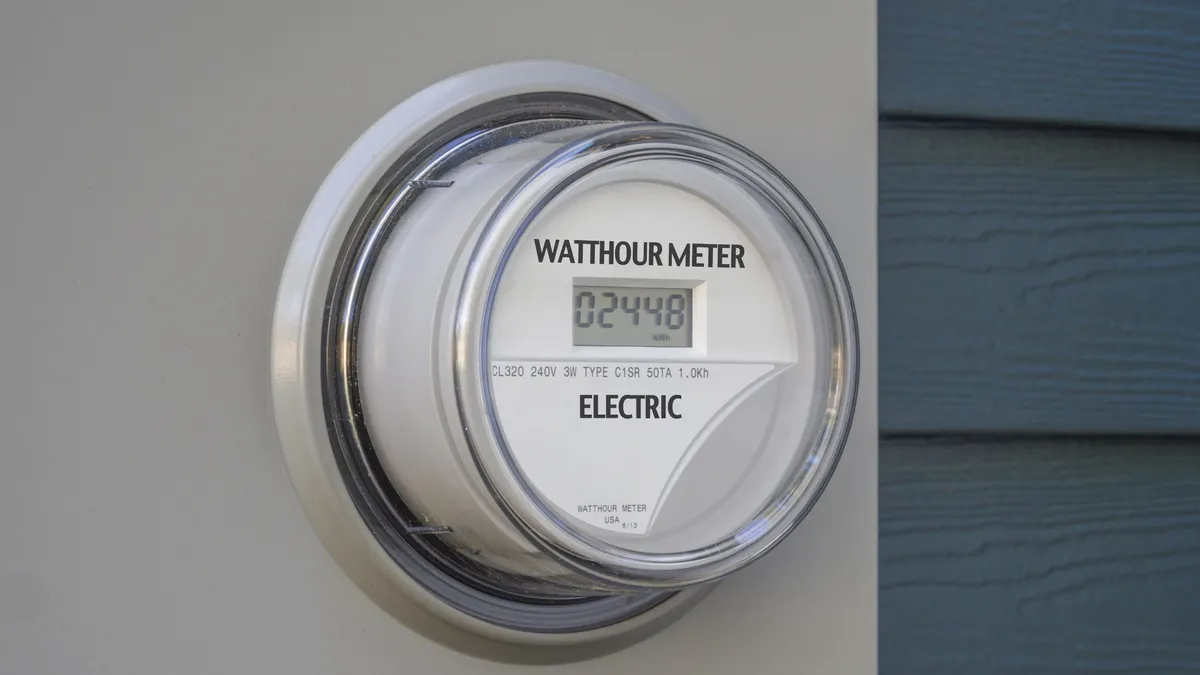Dive Brief:
- The Northwest Power and Conservation Council has approved a 20-year plan which aims to meet most new demand with energy efficiency, while also looking to demand response and existing gas-fired generation to remain reliable.
- The four-state compact says it will lean on energy efficiency to meet a greater percentage of its power resources "than any other state or comparable population base in the nation."
- Aided by efficiency investments, the region's energy load has grown by only about 0.4% annually since 1995, and under the new plan, the region’s electricity loads will be maintained at the current level of about 20,000 MW on average.
Dive Insight:
Hydroelectric power generated in the Columbia River Basin will continue as the the "core, carbon-free source of energy" in the Pacific Northwest, but energy efficiency is poised to take on a greater role than ever before, according to the NPCC. The four-state compact last week unanimously approved the Council’s Seventh Power Plan. The plan leans heavily on demand management, utilizing energy efficiency to meet all new demand for the next 20 years.
“By investing in energy efficiency at the levels recommended in the plan, we’ll be able to grow our economy without initiating an aggressive program to build new generating resources, and we’ll keep Northwest electricity rates low and maintain our quality of life,” Council Chair Henry Lorenzen said in a statement.
Among the plan's assumptions: Northwest industrial output over the 20-year period will increase by 36%, from $125 billion to $170 billion. But despite the "striking" increase, NPCC said it believes the growth in electrical demand, including that resulting from industrial growth, can be met without the construction of new power plants.
NPCC said energy efficiency is the region’s second largest resource, saving consumers about $3.75 billion annually, while lowing carbon dioxide emissions by 22.2 million tons per year.
By 2035, the region's efficiency resource is estimated to be equal to 10,000 MW or 72% of the average amount of hydropower generated in the Northwest, and 128% of just the federal Columbia River hydrosystem.
The plan also looks at how the region can reduce carbon emissions and forecast that with no additional carbon control policies, carbon dioxide emissions from the Northwest power system will decrease from about 55 million metric tons in 2015 to around 34 million metric tons in 2035. Other policies, which include retiring all coal facilities in the region, could reduce emissions to about 12 MMTE, "almost 80% below 2015 emissions (under average water conditions)."
The plan was adopted Feb. 10. The draft proposal can be found here; the final plan will be published later this month.















